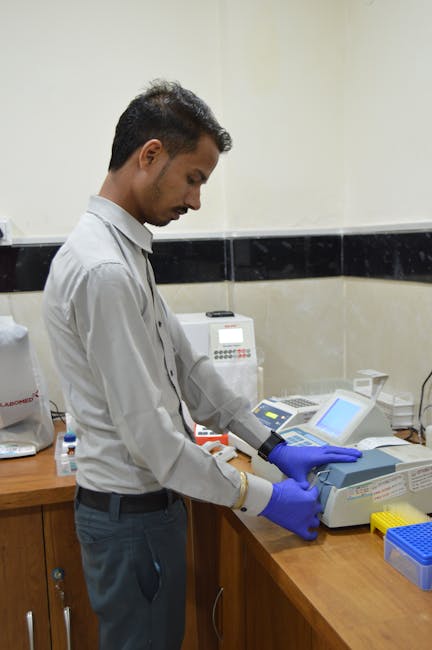
A New Dawn in the Fight Against HIV
For decades, the shadow of HIV has loomed large over global health. While antiretroviral therapy (ART) has transformed an HIV diagnosis from a death sentence into a manageable chronic condition, the dream has always been a true preventative vaccine—a way to stop the virus before it ever takes hold. Now, a groundbreaking development from scientists at MIT and the Ragon Institute of MGH, MIT, and Harvard has turned that dream into a tangible possibility. They have engineered a vaccine that, in preclinical trials, has shown unprecedented success in eliciting a powerful, targeted immune response from a single shot.
Why Has an HIV Vaccine Been So Elusive?
To understand the magnitude of this breakthrough, we must first understand the challenge. The HIV virus is a master of disguise and evasion. It mutates at a breathtaking pace, creating countless variants that can dodge the immune system. Furthermore, it targets the very immune cells designed to fight it. Previous vaccine attempts have struggled to provoke the creation of a specific type of weapon needed to defeat this cunning enemy: broadly neutralizing antibodies (bNAbs). These are rare, elite antibodies capable of recognizing and neutralizing a wide range of HIV strains, but coaching the body to produce them has been a monumental scientific hurdle.
The MIT Breakthrough: Training an Elite Immune Army
So, what makes the MIT approach different? Instead of just showing the immune system a piece of the virus and hoping for the best, this new vaccine acts like an elite training program. The strategy, published in prestigious journals like Cell and Science, involves a two-stage process delivered in a single dose using an innovative method.
- The Prime: The vaccine first introduces a precisely engineered immunogen (a molecule that triggers an immune response). This acts as a ‘recruiter,’ identifying and activating the rare, correct B-cells—the precursors to the bNAb factories.
- The Boost: Over time, a second, slightly different immunogen is released within the body. This booster acts as a ‘trainer,’ guiding the maturation of those initial B-cells and teaching them to evolve into the powerful, broadly neutralizing antibody-producing cells required to defeat HIV.
Think of it like training a special forces unit. First, you find the recruits with the right raw talent (the prime), and then you put them through a rigorous, specific training regimen to turn them into elite soldiers (the boost). The genius is packaging this entire months-long training course into a single, time-released injection.
What This Means for Our Future
The implications are staggering. A single-shot, effective HIV vaccine could fundamentally alter the course of the 40-year-old epidemic. It could prevent millions of new infections worldwide, especially in regions with limited access to daily medication. It would liberate individuals from the lifelong burden and cost of ART, eliminate the fear of transmission, and finally offer a path toward true global eradication of the virus. While this research is still in preclinical stages—showing incredible promise in non-human primate models—it represents the most significant leap forward in the quest for an HIV vaccine in over a decade. The road to human trials is next, but for the first time in a long time, the end of HIV feels not just possible, but within our grasp.
